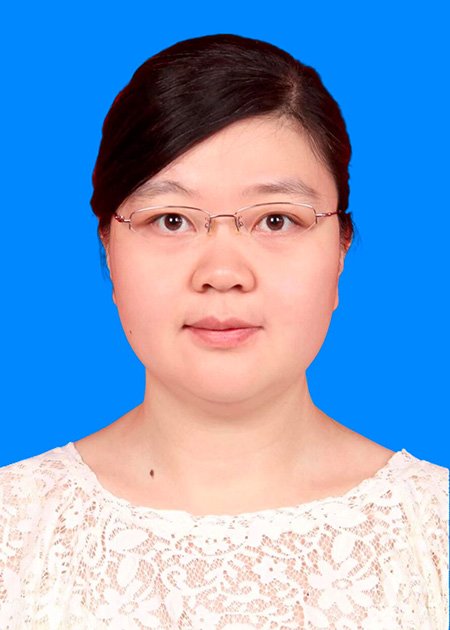USTC Astronomy Colloquium Series: 2024 Fall
Hyper-Millennium project a huge cosmological simulation for the next generation of large-scale structure survey
郭琦 研究员/教授
国家天文台/北京师范大学
2024/11/19, 4:00pm , the 19th-floor Observatory Hall

报告人:
郭琦教授是中国国家天文台的研究员,同时也是国家天文台计算宇宙学重点实验室的副主任。她于2009年从慕尼黑大学获得博士学位,并在杜伦大学进行博士后研究。2013年,她被选入国家级青年科学家项目,并加入中国科学院国家天文台。现为基金委杰青。她的研究重点是星系宇宙学,在理论和观测方面都取得了一系列高水平的贡献。她曾获得2020年中国科学院青年科学家奖和2016年皇家学会牛顿高级学者奖。摘要:
Dark matter and dark energy are among the most important cutting-edge sciences. Extensive global efforts have been dedicated to the large-scale structure evolution through projects like LSST, DESI, Euclid, PFS, and the Chinese space station optical survey. We have successfully completed a N-body cosmological simulation that traces 4 trillion particles from redshift 100 to the present day within a 2.5 Gpc/h box. The particle mass is 3.2 x 10^8 solar masses, meeting the requirements for the next generation of large-scale structure surveys. This simulation aids in understanding the systemic and statistical uncertainties involved in studying large-scale structure formation, including baryon acoustic oscillations, redshift distortion, weak lensing, high redshift AGNs and etc. In my presentation, I will delve into the details of the simulation and discuss advancements made in galaxy and AGN formation models. 邮编:230026 ,
邮编:230026 ,  联系电话: 0551-63601861
联系电话: 0551-63601861 Email:
Email: